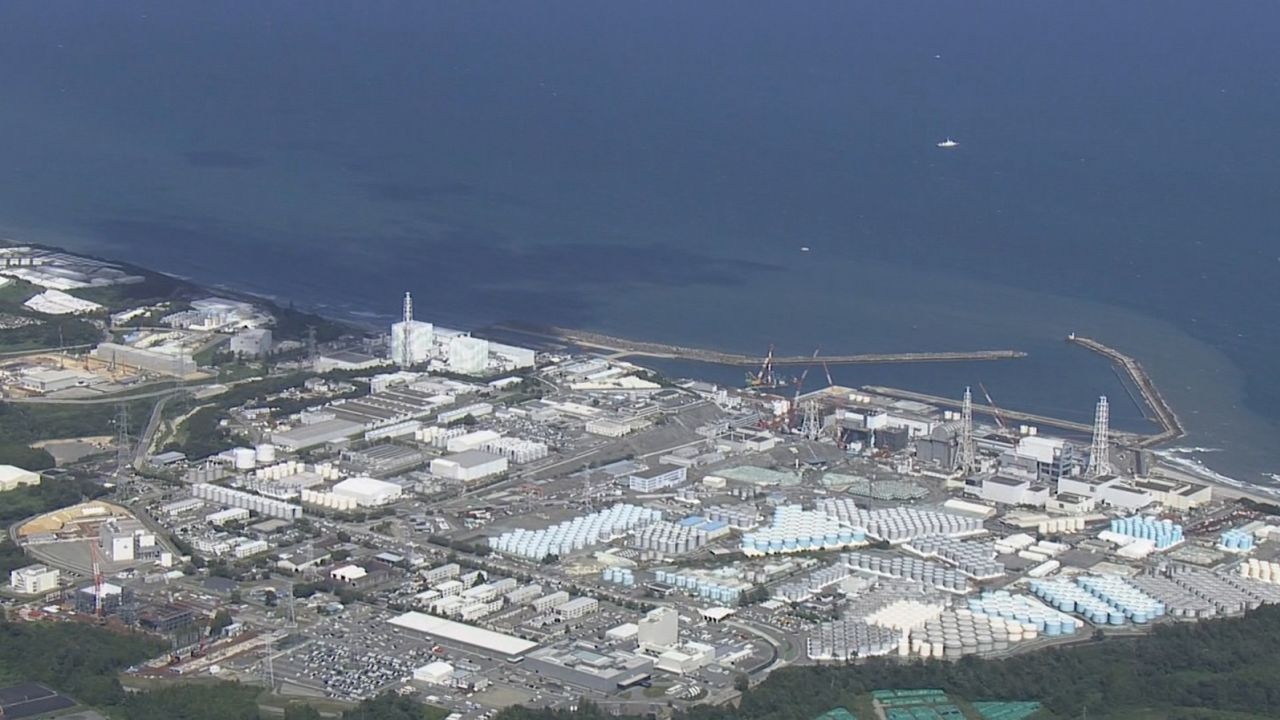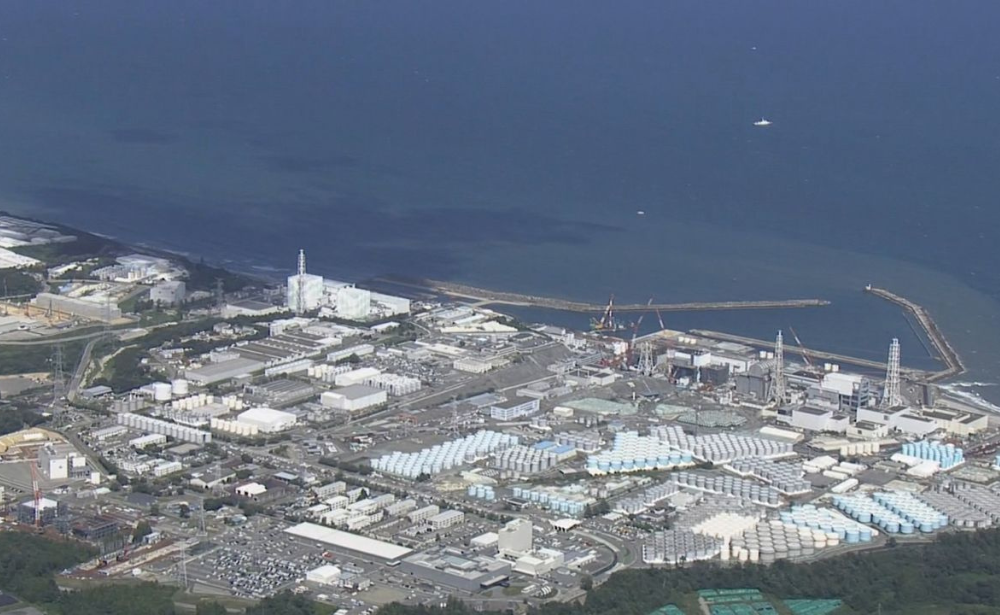日本是因使用核能而受害最深的国家之一。在第二次世界大战中,广岛和长崎分别于 1945 年 8 月 6 日和 9 日遭受原子弹轰炸。随后,2011 年 3 月 11 日,福岛核电站部分因海啸而熔毁,日本再次遭受打击。
最近,日本福岛再次成为世界的焦点,原因是其受损的核电站释放出经过处理的放射性废水。12 年来,核电站公司东京电力公司一直在抽取海水来冷却反应堆的燃料棒。这也是当初在沿海地区建造核电站的原因之一。海水用于反应堆冷却系统。经过处理的放射性废水被用来储存在 1 020 个储水罐中。由于储存经过处理的放射性废水的土地容量有限,东京电力公司别无选择,只能将经过处理的放射性污水排回大海。此外,日本还必须利用这块土地建造设施,以安全退役被摧毁的核电站,并防止意外泄漏。另一个令人担忧的问题是,如果水箱因另一场自然灾害而倒塌,后果将不堪设想。

在释放经处理的放射性废水之前,东京电力公司已获得国际原子能机构(IAEA)的批准。清除经处理的放射性废水的过程将分阶段进行,整个过程预计至少需要 30 年才能完成。第一阶段于当地时间 2023 年 8 月 24 日下午 1 时 03 分(格林尼治标准时间 4 时 03 分)开始。东京电力公司计划在2024年3月底之前,将3.12万吨经过处理的放射性废水(相当于10个水箱)缓慢地排放到大海中。据报道,每吨经过处理的放射性废水将用 1200 吨海水稀释。然后,将混合物在初级水池中存放两天,进行最后取样,确保安全后再排放入海。此外,日本承诺在稀释处理过的放射性废水排放入海后,继续监测、分析和公布海水质量结果。
即使放射性废水经过处理,但排放经过稀释处理的放射性废水仍会引起争议,因为其中仍含有微量的放射性氢元素 "氚"。遗憾的是,除了稀释水之外,目前还没有任何技术可以去除受污染水中的氚。根据美国环境保护局的资料,氚在环境中自然存在,浓度很低,因为它可以自然形成,也可以人为(人为)形成。在高层大气中,宇宙射线撞击空气中的氮分子会形成氚气。同时,人为氚是在核武器爆炸时产生的,也是核反应堆的副产品。尽管氚可以是气体形式,但其最常见的形式是水,因为放射性氚往往会与氧气反应生成水。
不过,东京电力公司报告说,稀释处理过的放射性废水样本中的氚含量低于 1 500 贝克勒尔/升(Bq/L),比世界卫生组织规定的饮用水限值(10 000 Bq/L)低六倍。尽管氚可以在环境中自然产生,而且氚的含量比允许水平低六倍,但人们对将稀释处理后的放射性废水排放入海的反应不一。一些科学家认为,只要含量低,对环境就是安全的,而一些邻国领导人则开始禁止进口日本海产品,以缓解公众的担忧。对日本海产品实施的禁令不仅严重影响了日本的渔业,也影响了邻国的渔业,因为海洋连接着这些国家。此外,当地的沿海旅游业也受到严重影响,因为愿意去海边的人越来越少。
我认为,即使没有稀释的放射性废水排入海洋,海洋环境也会继续恶化。这是由于过度捕捞以及来自空气和陆地的人为污染物造成的。工业活动排放的大量二氧化碳导致了海洋酸化和气候变化,而流入海洋的大量塑料垃圾则造成了海洋生物的灭绝。稀释放射性废水的排放可能会也可能不会对环境造成重大影响,因为现在观察任何潜在的影响还为时过早。如果东京电力公司将经过大量稀释处理的放射性废水与海水一起长期少量地排放,那么排放稀释处理过的放射性废水所造成的影响可以忽略不计。谁知道呢,科学家和工程师们可以在几年内建立起去除氚的技术。我们不需要等待 30 年,就可以完全排放稀释处理过的放射性废水。
总之,最大限度地减少核使用的影响,提高核使用的安全性,是一个永无止境的研究过程。核电站需要安全退役。同时,经过处理的放射性废水也需要尽快得到最安全的管理,以免在同一地点再次发生其他自然灾害。科学家和工程师们必须加快工作,建立能够清除、处理或循环利用与核有关的废料或尾矿的技术。此外,我们需要国际合作来维护海洋生态系统的平衡。所有科学家和工程师必须共同努力,使我们的地球成为一个安全、健康的生活场所。

关于作者
王珍妮博士 是世纪大学工程,环境建设与资讯科技系备受推崇的资深讲师,在环境服务与研究领域上拥有23年的杰出职业生涯。她于2010年加入世纪,此前她曾在马来西亚最大的固体废物特许经营公司中担任公共传讯与企业社会责任(CSR)的主管一职。拥有专业技术员(Ts.)的崇高头衔,以及马来亚大学环境科学与管理博士学位,Jenny目前担任高级讲师兼环境管理系统合规主任,为学术与环境合规领域贡献她丰富的知识。

